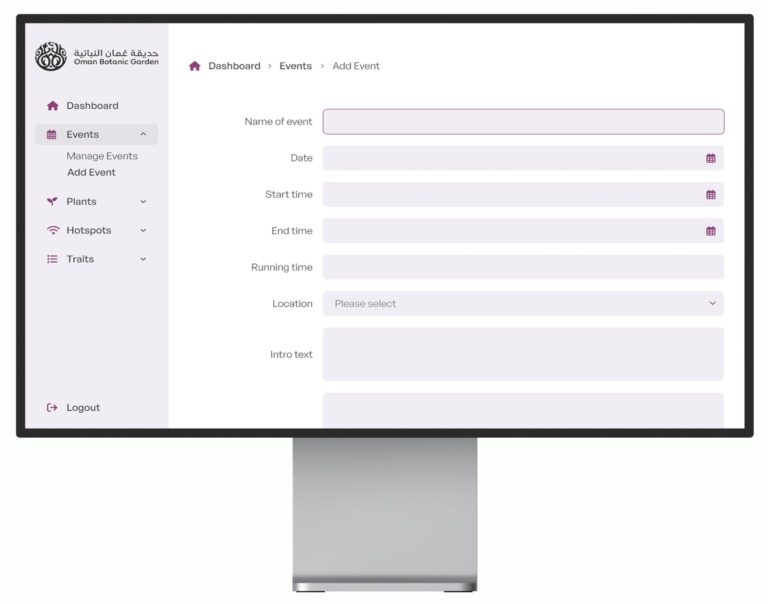Things don’t stand still for very long (infact they basically never do) in the world of web development. Something that seemed so ingrained it would never be replaced, is the ubiquitous jpg image format. This might not be a terribly exciting subject for many people, but if you’re trying to optimise your website to be as fast as possible, and are battling with Web Core Vitals optimisations, then you need to know about WebP images.
Developed by Google, WebP has become increasingly popular due to its superior performance and reduced file sizes. Here are a few of the benefits.
- Improved Compression:
The most prominent benefit of using WebP is its superior compression algorithm. WebP images are on average 30% smaller in file size compared to their JPEG and PNG counterparts. In fact we recently compressed all the images on hallshire.com (17k+ images of halls!) and the overall reduction in disk space was 1.3GB. Whilst every photo might only be reduced by a few kilobytes, once your website has a few thousand images this really adds up. Reduced image size means less disk space, reduced bandwidth required and most importantly faster pages. This reduced file size allows for faster loading times and better overall performance. WebP supports both lossless and lossy compression, providing more flexibility for web designers to strike the perfect balance between image quality and file size.
- Enhanced Image Quality:
WebP maintains excellent image quality even at lower file sizes. This is due to its advanced compression algorithm that reduces artifacts and noise while preserving crucial details. As a result, WebP images look crisp and clear, even on high-resolution displays, while still keeping the file size to a minimum.
- Transparency and Animation Support:
WebP supports transparency, just like PNG, but with significantly smaller file sizes. This makes it ideal for creating logos and icons that require transparent backgrounds. Moreover, WebP can also handle animations, similar to GIFs, but with a much smaller footprint. This can lead to better-looking, smoother animations that won’t bog down your website’s loading speed.
- Better for SEO and User Experience:
Since WebP images have smaller file sizes, they can reduce the overall weight of your website, leading to faster loading times. This improvement can contribute to a better user experience and potentially boost your search engine rankings. As Google places increasing importance on page load speed, adopting WebP can provide a competitive edge in search engine optimization.
- Wide Browser Support:
While WebP was initially supported only by Google Chrome, it has since gained support from all major browsers, including Firefox, Edge, and Safari. As a result, you can now confidently use WebP images on your website without worrying about compatibility issues. Out of the major browsers only IE11 doesn’t support WebP and their market share is very small.
Switching to WebP can provide numerous benefits for your website, from improved image quality and reduced file sizes to enhanced SEO performance as well as keeping the big G happy with it’s web core vitals reports.



